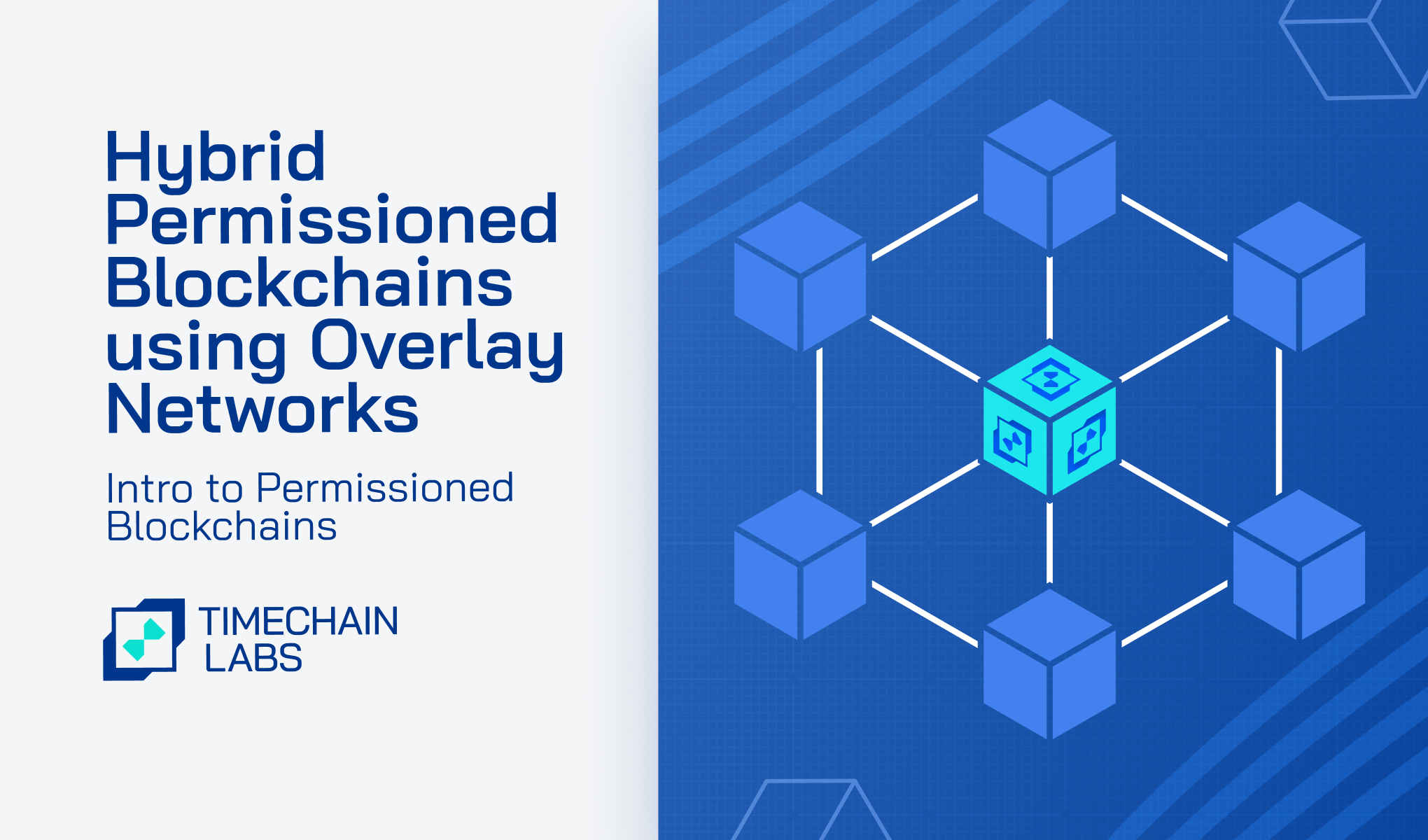As blockchain technology has become more sophisticated, permissioned blockchains have gained immense traction. They reign supreme as an effective solution for organizations seeking a balance between control and transparency. This approach becomes relevant due to the increased demand for heightened data control, as it is a valuable asset and a potential vulnerability. This blog will shed light on permissioned blockchains and how they work.
The Evolution of Permissioned Blockchains
Blockchain, originally introduced as the underlying technology for Bitcoin, has expanded far beyond its cryptocurrency roots. While public blockchains offer transparency and decentralization, they have inherent challenges, especially regarding data control and privacy. Thus, it led to the rise of permissioned blockchains, offering a strategic fusion of the best attributes of public and private systems.
Permissioned blockchains are a part of distributed ledger technology. They offer restricted access, ensuring only users with explicit permissions can engage with it. These authorized users are limited to specific actions exclusively granted by ledger administrators. The users are mandated to verify their identity through certificates or other relevant digital authentication methods.
Incorporating permissioned users serves as an additional layer of security within the blockchain framework. Administrators uphold an access control layer, enabling designated actions to be executed only by identifiable participants. Permissioned blockchains record transaction participants within the blockchain, which is intrinsic to their distinguishing nature.
A Glance at the Configuration of Permissioned Blockchains
Blockchain construction and access methods vary, with some necessitating specific permissions for reading, accessing, and writing information. In contrast, others simply require the capability to connect and contribute to network tasks. The inherent configuration of each blockchain dictates participant transactions and delineates their roles, specifying access and contribution parameters.
Certain blockchains go a step further by preserving the identity of each participant within the network. These particular blockchains fall under the category of permissioned blockchains.
How Permissioned Blockchains Work
Permissioned blockchains find applications in diverse sectors where controlled access, privacy, and secure collaboration are paramount. One notable use case is in supply chain management. A consortium of manufacturers, suppliers, and logistics partners can utilize a permissioned blockchain to enhance transparency and traceability.
A global supply chain consortium could employ a permissioned blockchain to record and verify the journey of products from production to delivery. Authorized participants within the consortium would have access to real-time data. It will ensure that all stakeholders can track and authenticate the movement of goods.
It reduces the risk of fraud and errors, streamlines logistics, and nurtures trust among participants. This makes permissioned blockchains significant for industries requiring collaborative data management and a high degree of accountability.
Significance of Permissioned Blockchains for Businesses
In a world where data is hailed as the new currency, businesses are increasingly cognizant of the need to safeguard their information. Permissioned blockchains offer a controlled environment where participants have a say in who gets access to what data. This heightened control directly responds to growing concerns about data breaches, cyber threats, and compliance with stringent regulations.
It is estimated that companies worldwide will spend around $19 billion to leverage blockchain-based solutions in 2024. According to a survey, 81 of the leading 100 publicly traded participant companies globally use blockchain technology. Such figures depict a growing inclination of businesses towards blockchain technology, of which permissioned blockchains are a crucial part.
Critical Characteristics of Permissioned Blockchains
- Shared Ledger Consortium: A pivotal development in the world of permissioned blockchains is the creation of shared ledger consortiums (SLCs). These consortiums are essentially permissioned sub-ledgers that organizations establish, inviting selected participants with predefined roles and permissions. This setup fosters collaboration while maintaining the necessary control over data access.
- The Hybrid Blockchain Consortium Solution: It is a consortium that combines the security and robustness of public ledgers with the privacy and control of permissioned ledgers. This innovative fusion creates a dynamic environment where participants can leverage the strengths of both paradigms.
- Overlay Networks: Within Bitcoin transactions, overlay networks provide an additional control layer. Much like the layers of the internet, like IP packets, TCP protocol, and envelopes inside envelopes, overlay networks enhance the control and security of digital cash or value transfers. This multi-layered approach helps achieve control without compromising on transparency.
- TCP as a Transport Layer: Understanding the layers of the internet is fundamental to comprehending permissioned blockchain technology. The analogy of layers, such as the IP packet, TCP protocol, and envelopes inside envelopes, illustrates the hierarchical structure of data transmission.
The Internet Protocol (IP) packet is responsible for addressing and routing data. At the same time, the Transmission Control Protocol (TCP) provides a reliable communication channel. Envelopes inside envelopes symbolize the encapsulation of data for secure transmission. This layered approach mirrors the structured communication present in permissioned blockchain networks.
Have the Best of Both Words – Security and Control with Permissioned Blockchains
The demand for permissioned blockchains stems from the pressing need for organizations to safeguard their data. As shared ledger consortiums and overlay networks evolve, the permissioned blockchain era promises unparalleled data security. Let your business have both - data safety and control in a collaborative and transparent ecosystem.
Contact us today to learn more about Timechain's permissioned blockchain solutions.
References:
https://www.zippia.com/advice/blockchain-statistics/
https://www.investopedia.com/terms/p/permissioned-blockchains.asp
